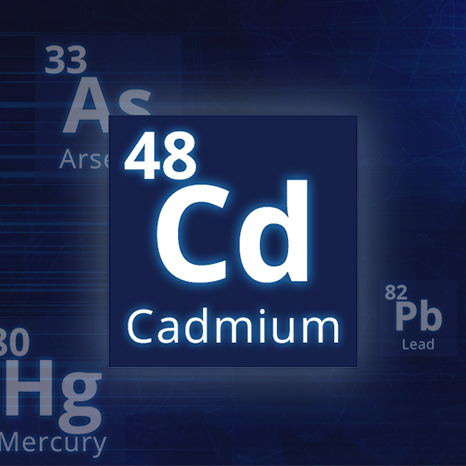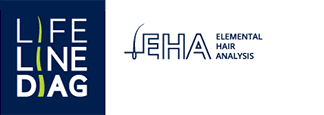 Toxic metal compounds such as mercury, cadmium, lead, arsenic, and aluminum pose a serious threat to human health. They can accumulate in the body and cause various diseases, such as neurological disorders, cardiovascular problems, respiratory diseases, and even cancer. Therefore, it is important to monitor the levels of heavy metals in the body and take steps to remove them if they are present in excessive amounts.
Toxic metal compounds such as mercury, cadmium, lead, arsenic, and aluminum pose a serious threat to human health. They can accumulate in the body and cause various diseases, such as neurological disorders, cardiovascular problems, respiratory diseases, and even cancer. Therefore, it is important to monitor the levels of heavy metals in the body and take steps to remove them if they are present in excessive amounts.
DIAGNOSIS
One of the most effective ways to diagnose the levels of heavy metals in the body is elemental hair analysis. This test allows the determination of heavy metal levels that have been accumulated in the body over the last 3-6 months. Hair provides a good material for testing because it contains many elements, including heavy metals, which are transported to it by the bloodstream.
Elemental hair analysis is a simple and non-invasive test that provides a lot of information about a patient’s health status. The results of the test allow for the identification of heavy metals that accumulate in the body and the determination of their levels. If the test results indicate an excessive level of heavy metals, there are various detoxification methods that can help remove these toxins from the body.
DETOXIFICATION
Detoxification is the process of removing toxins from the body. There are many detoxification methods that can be used to remove heavy metals from the body. One of the most commonly used methods is chelation, which involves administering drugs that bind to heavy metals and remove them from the body.
Another method of detoxification is the use of dietary supplements such as chlorella, spirulina, or magnesium hydroxide, which can help remove heavy metals from the body. However, it is important to consult a doctor before using any detoxification method to choose the appropriate method and determine the dosage.
SUMMERY
Heavy metal toxicity poses a serious threat to human health. Elemental hair analysis is an effective method for diagnosing the levels of heavy metals in the body, enabling action to be taken to remove them from the body. There are various detoxification methods, such as chelation or the use of dietary supplements, that can help remove heavy metals from the body. However, before taking any detoxification measures, it is important to consult a doctor to choose the appropriate method and determine the dosage.
Lifeline Diag
Scientific references:
1.Klaassen, C. D., & Watkins, J. B. (2013). Casarett and Doull’s essentials of toxicology. McGraw-Hill Medical.
2.Vickers, H., & Ball, L. (2014). Hair mineral analysis: a review of current practices and potential clinical applications. Alternative medicine review, 19(2), 136-147.
3.Bjørklund, G., & Aaseth, J. (2019). The role of analytical toxicology in the diagnosis and treatment of heavy metal poisoning. Journal of trace elements in medicine and biology, 54, 251-259.
4.Sears, M. E., & Genuis, S. J. (2012). Environmental determinants of chronic disease and medical approaches: recognition, avoidance, supportive therapy, and detoxification. Journal of environmental and public health, 2012.
Bibliografia:
5.Vickers, H., & Ball, L. (2014). Hair mineral analysis: a review of current practices and potential clinical applications. Alternative medicine review, 19(2), 136-147.
6.Sears, M. E., & Genuis, S. J. (2012). Environmental determinants of chronic disease and medical approaches: recognition, avoidance, supportive therapy, and detoxification. Journal of environmental and public health, 2012.
7.Bjørklund, G., & Aaseth, J. (2019). The role of analytical toxicology in the diagnosis and treatment of heavy metal poisoning. Journal of trace elements in medicine and biology, 54, 251-259.
8.Klaassen, C. D., & Watkins, J. B. (2013). Casarett and Doull’s essentials of toxicology. McGraw-Hill Medical.















